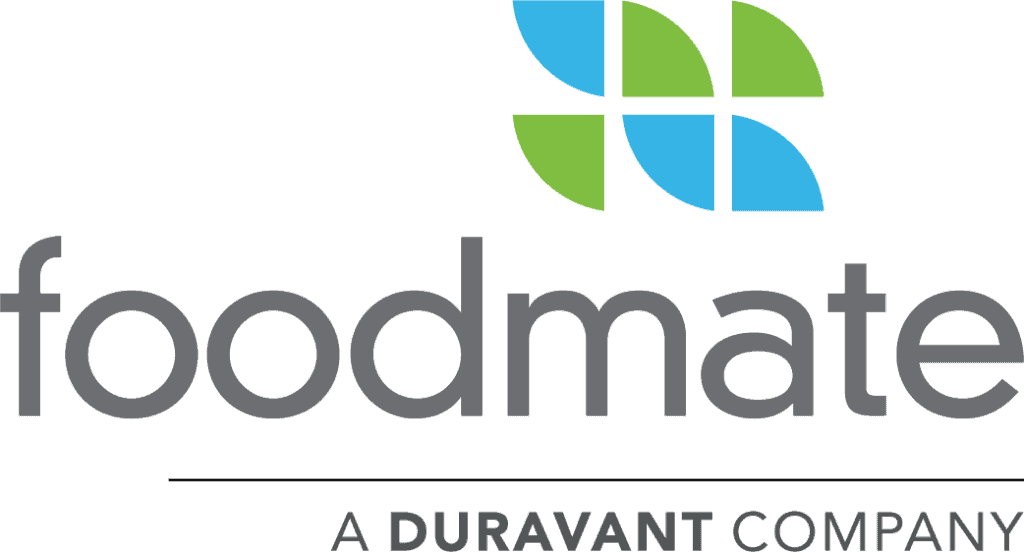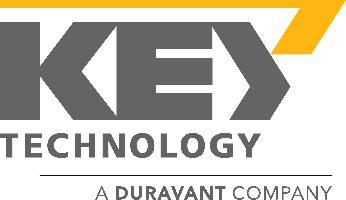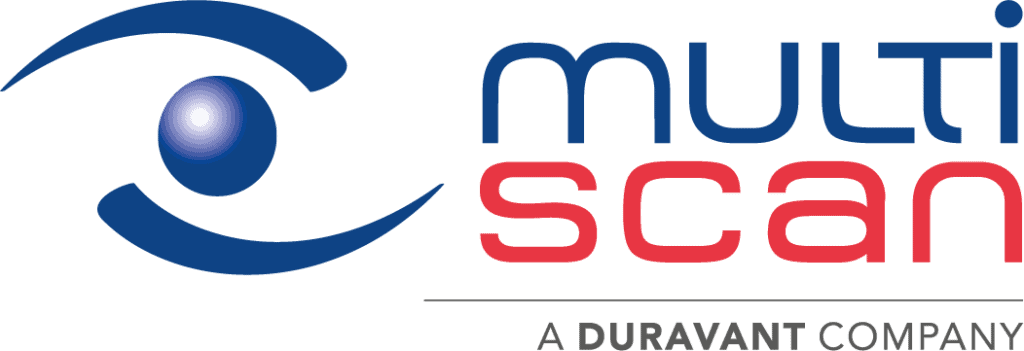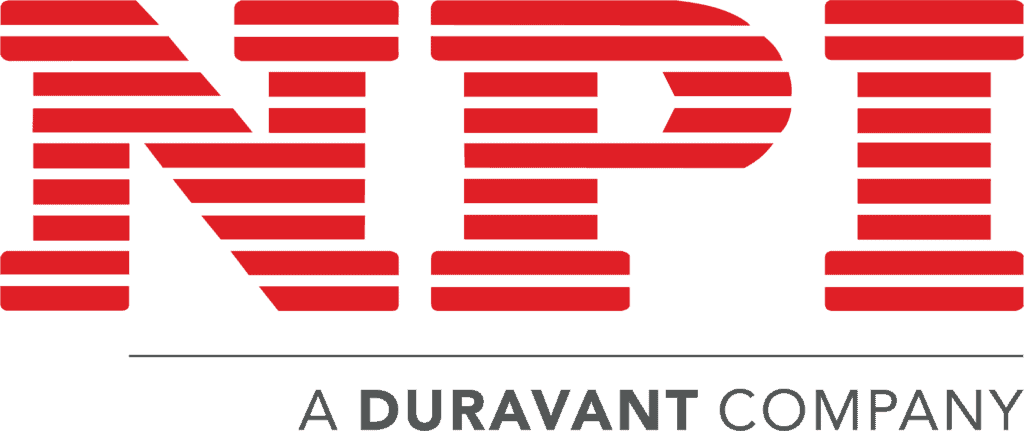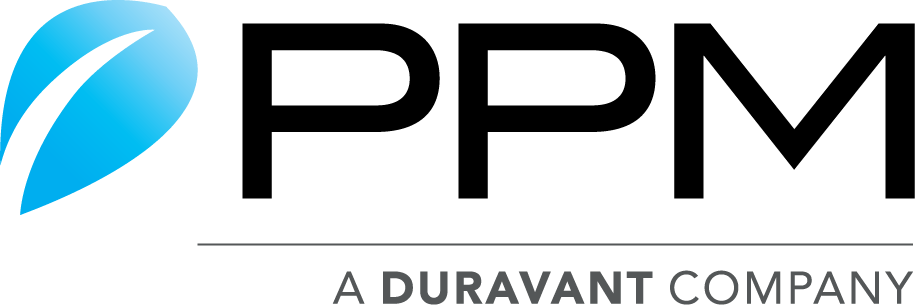The Duravant family of operating companies serve the food processing, packaging and material handling segments.
Fertilizer Bagging Case Study: American Plant Food Corporation
01/31/2017
Operating a fertilizer bagging plant 24 hours a day, seven days a week for 365 days a year is a formidable challenge.
That's all well and good for the bagger, American Plant Food Corporation, except for one thing: the need for growth. A company can't be satisfied at peak capacity, because there's always pressure to do more - to manufacture more, to sell more and to make more money. That's the reality in an inflationary world.
So a bagger such as American Plant Food of Galena Park, Texas, has to be on the lookout for ways to increase output; which means buying more machines or buying faster machines. Faster machines make more sense if the cost is justified, which is why company management has a history of upgrading its equipment to keep up with technology changes in the industry, such as automation.
It's no surprise, then, that the fertilizer maker ended up talking to nVenia’s HAMER Brand about a technology shot in the arm for two of its bagging lines. Talking soon turned into a buying decision.
"This was our first purchase [from nVenia]," explained Jesse Stephenson, American Plant Food's Vice President of Business Development. "We bought two Model 2090 Form, Fill & Seal machines and two Fully Automatic Palletizing Systems. We viewed upgrading our existing manual equipment to automated machines as an integral part of retooling our packaging process in an overall effort to reduce costs."
Originally the plan was to integrate the new machines into two existing bagging lines at the Galena Park plant in suburban Houston, but instead the decision was changed to creating two new lines and phasing out the existing ones.
Why HAMER Brand equipment? "Recommendations from our bag vendors and industry reputation," Stephenson replied, adding, "[They] helped tremendously in our first automated bagging project [with them]. We were very impressed with the product knowledge and expertise they had in regards to the equipment."
He added, "We fully expect to realize the efficiencies of this equipment and want to model future expansions on automation. We bring prospective customers to this facility to showcase our new equipment."
The bagging process starts with the unloading of a hopper railcar or hopper-bottom truck trailer. Then the fertilizer joins the nonstop rush through the weighing, filling, closing, sealing and palletizing processes going on at each plant.
What's the most crucial facet of the bagging operation? All of it, really. As Stephenson said, "Operating continuously, we must have quality equipment and people who are capable of keeping up with it. We hope to be able to run longer and more consistently, as well as reduce temporary and seasonal labor."
Integration of the new equipment from nVenia has been a success, and there's every reason to believe that American Plant Food will be looking for more of the same in the future. "We wanted to improve our manual process and invest in automation, allowing us to reduce costs, improve efficiency and provide safe and environmentally friendly work environments," he concluded.
American Plant Food cuts a wide swath as the only provider on the Gulf Coast of all macronutrients, which are the chemical elements essential in relatively high amounts for the growth and health of plant life. But it also ships internationally, to Canada as well as Central and South America.
The company has to be somewhat flexible in its marketing. Stephenson explained, "When the selling price in export markets is low or drought in Texas decreases demand, the national market becomes a bigger piece of our overall revenue picture."
Bagging technology isn't the only preoccupation for the company, of course. Indeed, there is a lot of technology going into its fertilizer products, too. American Plant Food formulas are devised to bolster the growth of certain plants in specific soil areas, containing all the macronutrients and micronutrients needed there. For instance, the company's Grass & Forage product is specifically designed for East Texas hayfields and pastures. How's that for pinpoint growing?

